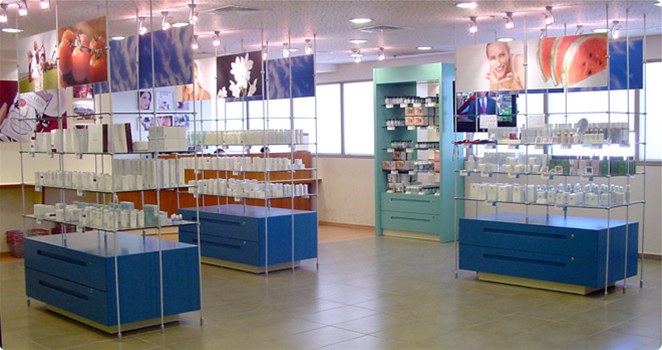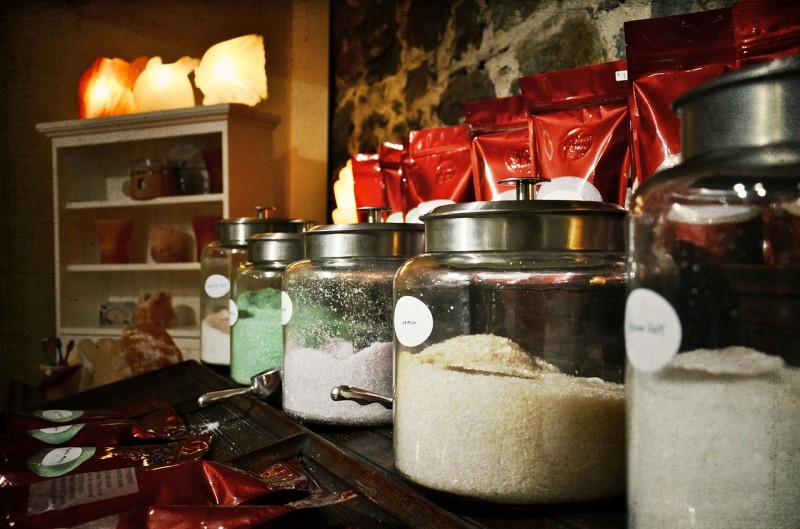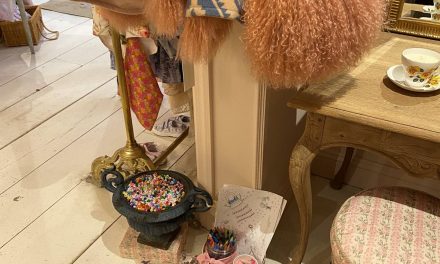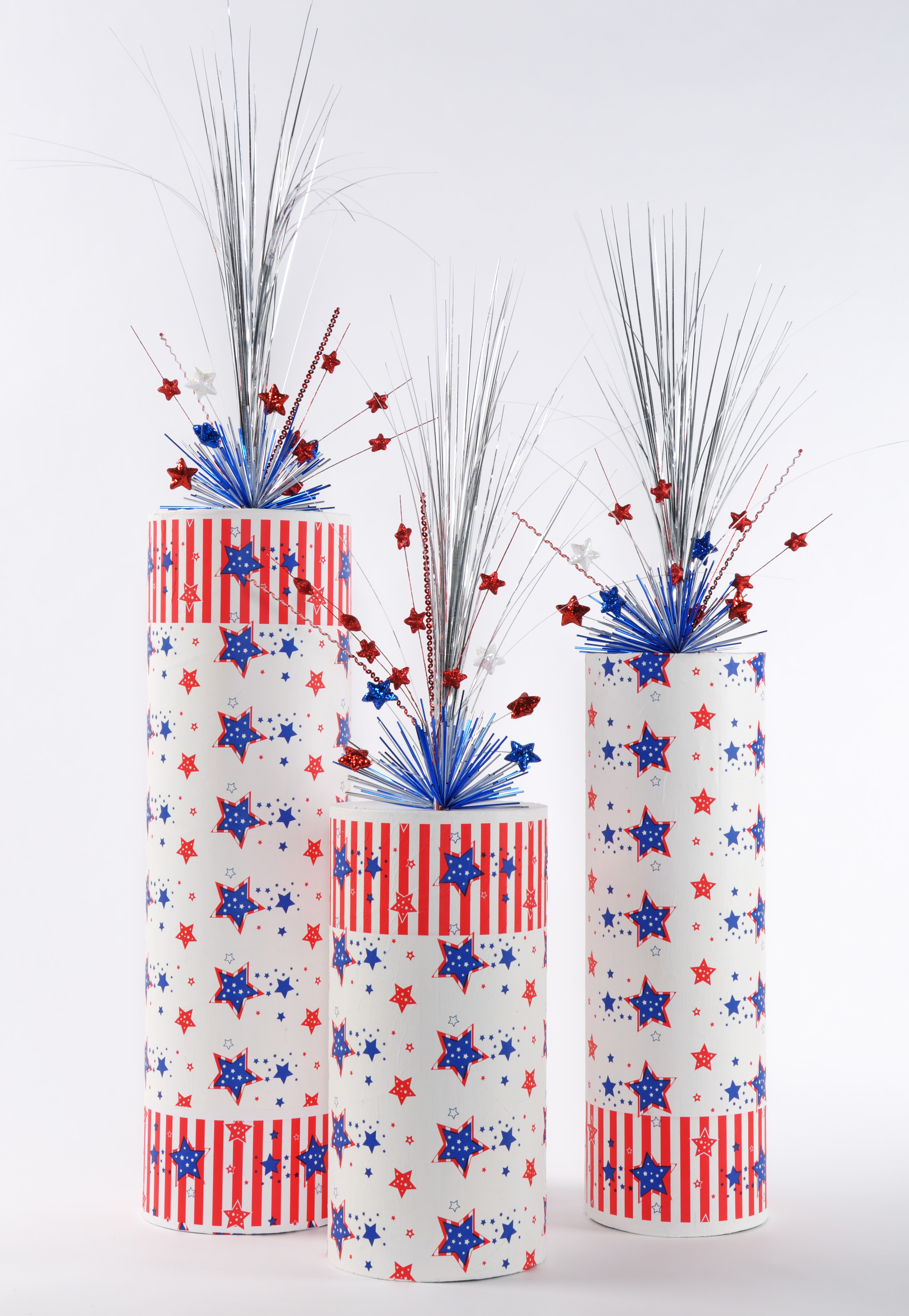By Roy Rochberg
The expression “You only get one shot to make a first impression” looms large over the world of retail. Image rules and in the world of brick and mortar retail, with e-commerce gaining strength with each passing day, it is more competitive than ever. In the context of retail store design you need to remember that the environment in which you aim to wow your customers will be a key aspect in marketing and selling your products. You can take a look at your store’s design as if it was a salesperson, getting your customers in the buying mood.
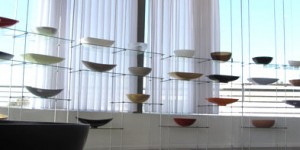
It doesn’t matter if you hire a store designer or if you plan on doing it yourself, remembering that you can’t please everyone is paramount to success. You need to focus on what you’re aiming to sell and build on that. When you are building a store that sells kid’s bikes for instance, you want your store’s environment to pull them in the second they walk through that door, perhaps before with your window’s display, getting them in the mood to be open to buying their kids’ first bike.
Window Displays
If you think about it, that’s where everything starts. You want to invite people into your store and creating a window display that is well designed is the obvious place to begin. It can create an air of mystery for impulse buyers and is the driving force behind generating interest on what is inside.
For the scenario mentioned above, a bike store for kids, you might want to display cutouts of a group of kids on bikes, with their parents hurriedly walking besides them, perhaps throw a few images of pets into the mix, or even have a video display looping.
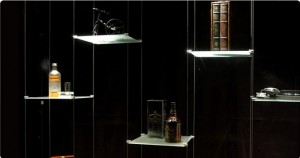
Your Entrance
You might want to include a welcome mat, as many hotels do with a red rolling carpet and some physical products like bikes and safety equipment such as little helmets. The idea is to plant ideas into the minds of prospective customers with great visuals, before they even make it into your store.
Know Your Audience
Knowing your audience is key to creating that image, whether it be in designing your window, entrance-way or the inside of your store. There are no concrete rules that you should follow regarding layout and the retail store design of your interior. So, if you are selling kid’s bikes, you’d want to give them access to bikes to sit on and perhaps even ride around, both with training wheels and without. You want them to be able to reach the helmets on display, and perhaps even have someone with an Allen wrench and simple tools to adjust handle bars and seat heights. You want to make the experience as comfortable as possible, having salespeople on hand to answer any questions.
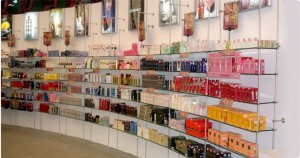
Using visual props such as displays and screens can enhance your offerings. Show off your bike mechanic shop, offering free service for the first 3 months.
Retail Store Design Tips
Here are some more tips that you should consider for most store types:
- Make your aisles as wide as possible. If you have space, use it.
- Set up your products in a way that is easily accessible to them before they buy.
- Use signage to direct customers to your merchandise such as registers, service centers or gift wrapping areas.
- Keep your aisles clear and don’t flood it with merchandise. That is what stockrooms are for.
- Keep prices visible on all merchandise and any special deals on display, such as buy one get the next one at half-price.
- Keep the air fresh and at a comfortable temperature, using a scent that is comfortable but not overwhelming.
- Use lighting that is easy on the eyes to highlight your products.
- The use of bright and lively colors can cheer up even the most disgruntled human being. Remember, a happy consumer is more likely to buy.
- Display messages that are in-line with company ethics.
- If you have happy, satisfied customers, perhaps get their permission to use them on a banner with a short quote or even on a looping video.
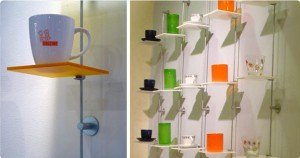
Visit successful, similar stores and see what design strategies they use. Remember, Rome wasn’t built in a day and neither should your store. There is no need to reinvent the wheel. It is no crime in learning what others are doing and adapting it to your own store environment. Optimizing your retail store design will definitely help increase customers and help build customer loyalty, so they keep coming back.
Contributed by Roy Rochberg the Content Manager for UDIZINE Store, a manufacturer of modern & practical store display systems. UDIZINE provides stylish yet affordable solutions, helping independent retailers achieve their unique & ideal store designs. For more information please visit UDIZINEstore.com and make sure to follow us on Twitter @UDIZINEStore


